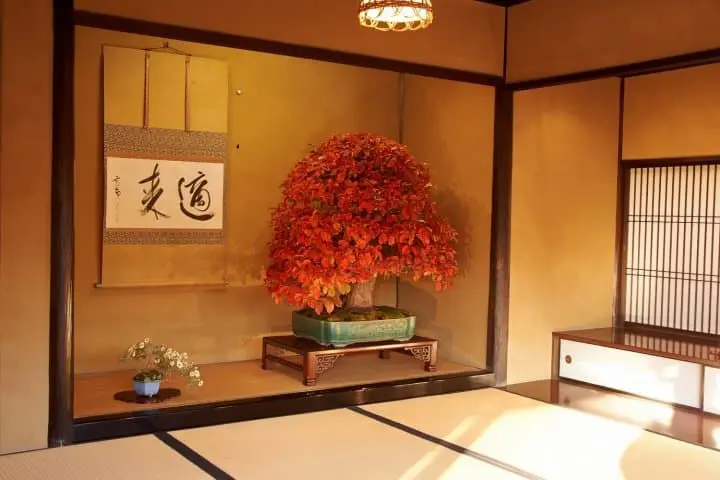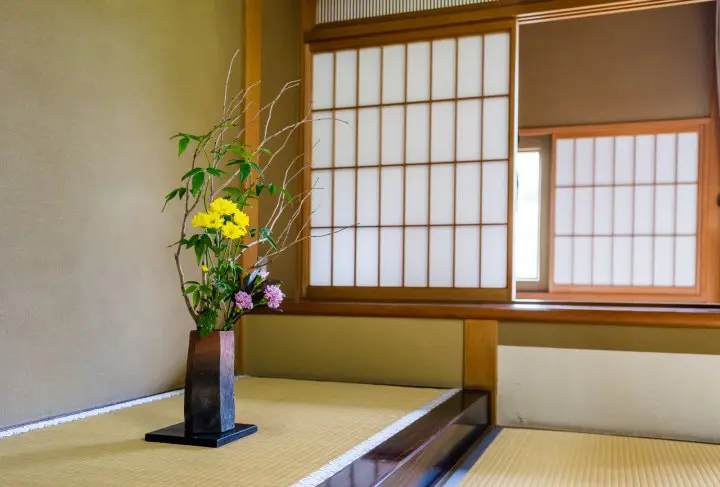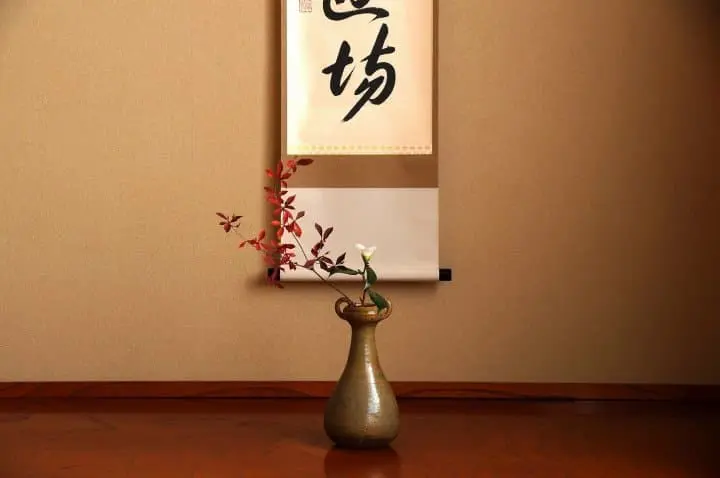Tokonoma, An Essential Element Of Japanese Architecture

A tokonoma is the alcove you will find in a Japanese room. We introduce its features and details about its function in traditional architecture.
Tokonoma, the Alcove in a Japanese Room

Photo: Pixta
A tokonoma is a decoration space in a Japanese tatami room. It is located at the far end of the room, opposite to the entrance, and it's the place where a Japanese scroll displaying a painting or calligraphy, seasonal flowers, and/or other ornaments are displayed.
Building rooms with a tokonoma is a tradition that started in the 16th century, the times when the warrior class ruled the country. There was an architectural style influenced by Zen temples called shoin-zukuri, and the tokonoma alcove was an important part of this type of architecture.
In a tatami room, one corner would be a shoin, featuring two shelf boards called chigaidana, a desk, and a sliding door. The other corner would be the tokonoma, made from beautiful wood. It has become a symbol of shoin-zukuri architecture.

The samurai used the tokonoma to the full extent by decorating it with expensive cups and paintings they obtained through trade with China (Song Dynasty). This corner of the room used to be proof of their authority.
Also, there is a rule that the person with higher status sits with their back towards the tokonoma, facing the front of the room. This is a tradition that still exists today. Even in an office without a tokonoma, it is polite to have the guest sit at the far end of the room.
Tokonoma in Contemporary Japan

Photo: Pixta
Shoin-zukuri architecture became the base of Japanese-style rooms, and after the era of samurai ended, it became popular among the general public to have a tokonoma in their home. For the Japanese, it has long been a standard to have a tokonoma in a Japanese-style room.
However, this feature of Japanese homes is becoming rarer recently, as Western-style rooms have become increasingly popular. Another reason is that the housing conditions of present-day Japan leave very little space for an alcove that has essentially a decorative function.
But you can still often find tokonoma alcoves in Japanese ryokan guesthouses. Since it is decorated with seasonal flowers, paintings, and calligraphic works, the tokonoma doesn't have a "practical function." To some extent, you could say it is a sacred space. It is usually about the size of one tatami mat.
Try to notice the features of the tokonoma the next time you have the chance to enter a Japanese-style room.
Read also
Main image: Pixta
This is the official account of MATCHA's editorial department. Our articles feature useful travel information for visitors to Japan, from how-to guides to recommended places to visit.







































![[2026] Top 5 Strawberry Picking Spots in Tokushima, Naruto| Farms and Access Guide for January to May](https://resources.matcha-jp.com/resize/720x2000/2025/03/06-227165.webp)


